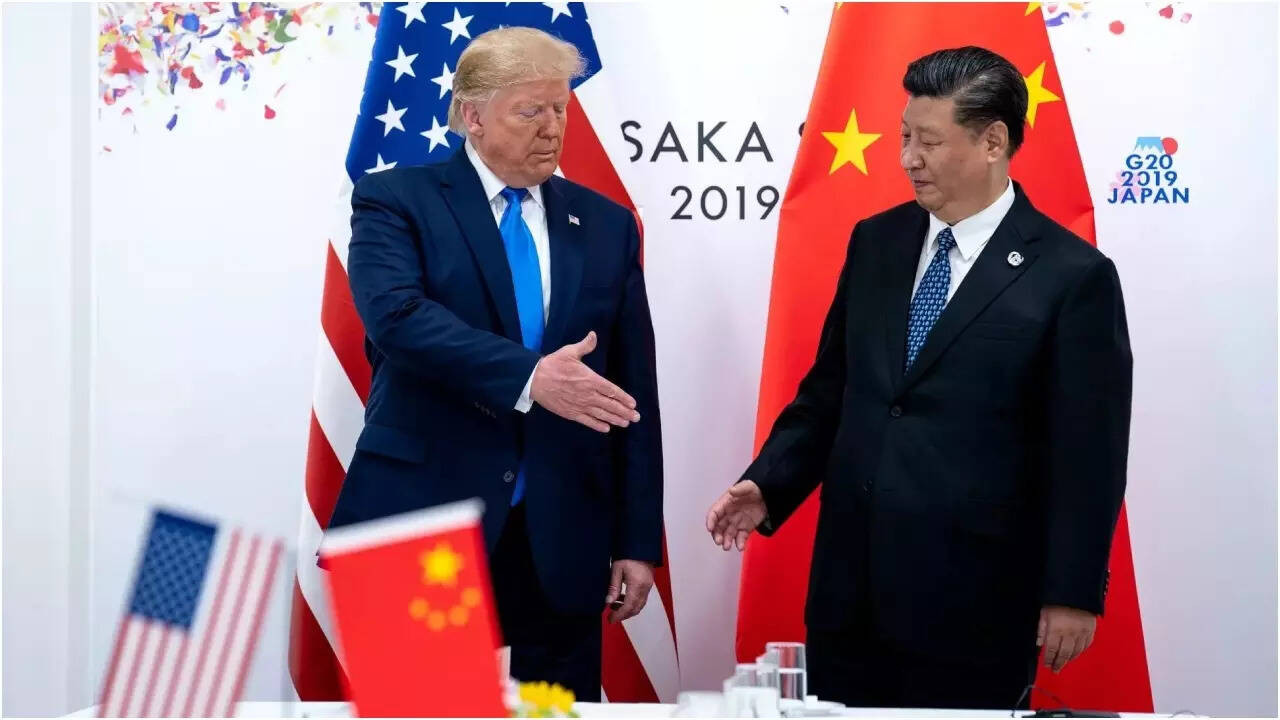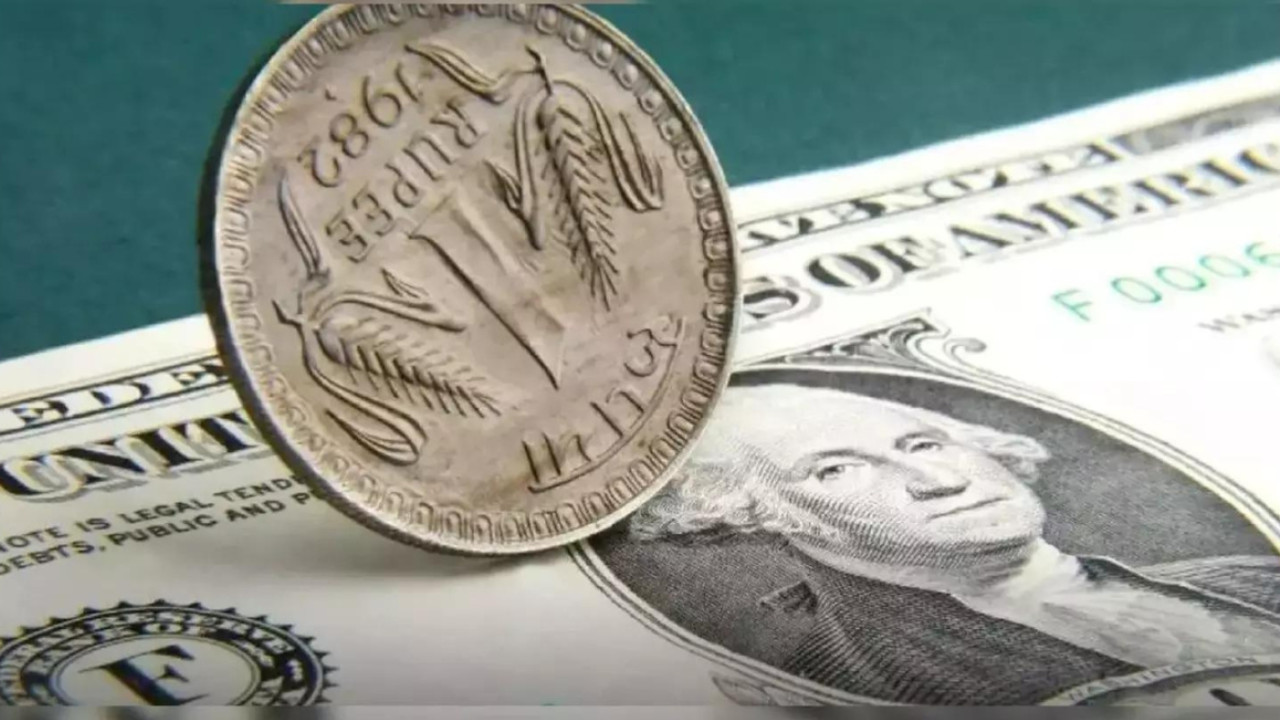Indian markets experienced a surge in foreign portfolio investments during May 2025, reaching Rs 19,860 crore, marking the strongest month for inflows this year. Despite a negative cumulative FPI investment of Rs 92,491 crore from January to May, the May inflows signal a potential shift in investor confidence, driven by a declining US dollar and positive market developments.
India’s Stock Market: May Flowers in the Form of Foreign Cash?
Okay, folks, let’s talk about something that’s been quietly blossoming in the Indian stock market – a surge of foreign investment that’s making headlines. Not just a little trickle, mind you, but a full-on downpour. We’re talking about a record-breaking ₹19,860 crore flooding in from Foreign Portfolio Investors (FPIs) in May, according to the latest data from the National Securities Depository Limited (NSDL). That’s the biggest influx we’ve seen so far this year!
Now, I know what you might be thinking: “Numbers, numbers, blah blah blah.” But bear with me, because this injection of foreign capital has some real-world implications, and it’s worth unpacking what’s behind it and what it could mean for your investments, and the broader Indian economy.
For a while, the narrative surrounding FPIs and the Indian market has been, shall we say, less than rosy. Remember those periods of sustained outflows? The jitters caused by global uncertainties, rising US interest rates luring investors back home, and geopolitical tensions casting long shadows? It felt like a constant game of “will they stay or will they go?”
So, what’s flipped the script? Why are these foreign investors suddenly so smitten with Indian assets?
The answer, as always, is multifaceted. But a major factor seems to be the robust performance of the Indian economy. We’ve seen consistent GDP growth, even as other global economies struggle to gain traction. India is increasingly viewed as a haven of relative stability and growth potential amidst global turbulence. And let’s be honest, everyone loves a good growth story.
Then there’s the political landscape. The air of certainty following the recent general elections, even before the final results were announced, likely contributed to this positive sentiment. Foreign investors often crave predictability, and a stable political environment provides that comforting sense of security. They see a government that’s likely to continue on its existing path of economic reforms and infrastructure development, which is music to their ears (and their wallets).
Beyond the macro picture, specific sectors are also proving attractive. Financial services, technology, and consumer discretionary goods are all drawing considerable interest. India’s burgeoning middle class and growing digital penetration are creating exciting opportunities for companies operating in these sectors. Think about the explosion of fintech companies, the rise of e-commerce, and the increasing demand for consumer goods. Foreign investors want a piece of that action.
Now, let’s talk about the potential impact of this influx. The most immediate effect is, of course, a boost to the stock market. Increased demand for Indian equities drives up prices, benefiting existing investors (like you and me, hopefully!). A stronger market can also encourage domestic companies to raise capital, fueling further growth and investment.
But it’s not all sunshine and rainbows. A surge in foreign investment can also lead to increased volatility in the market. FPIs are known for their tendency to move capital quickly, often reacting to global events and sentiment. A sudden reversal in sentiment could trigger outflows, potentially destabilizing the market. It’s a double-edged sword.
Furthermore, a strong rupee, fueled by the influx of foreign currency, can make Indian exports less competitive. This is something policymakers will need to carefully monitor to ensure that it doesn’t negatively impact the country’s export-oriented industries. Balancing the benefits of foreign investment with the need to maintain a competitive exchange rate is a delicate act.
So, what does this all mean for you, the average investor? Well, it’s a reminder that the Indian stock market is a dynamic and ever-evolving landscape. While the current influx of FPI money is undoubtedly positive, it’s crucial to remain vigilant and avoid getting swept up in the euphoria. Diversification is always key, and understanding the risks associated with market volatility is paramount.
Instead of blindly chasing the next hot stock, focus on building a portfolio that aligns with your long-term financial goals and risk tolerance. Do your research, stay informed, and don’t let short-term market fluctuations derail your strategy.
The surge in FPI inflows is certainly a welcome sign for the Indian economy. It’s a vote of confidence in our growth story and our potential. However, it’s important to remember that the market is a marathon, not a sprint. Smart investing requires patience, discipline, and a healthy dose of realism. So, enjoy the May flowers, but keep your eyes on the horizon, and be prepared for the possibility of changing seasons. The Indian market, like life, is a journey with its ups and downs. Navigating it successfully requires a steady hand and a long-term perspective.
📬 Stay informed — follow us for more insightful updates!







